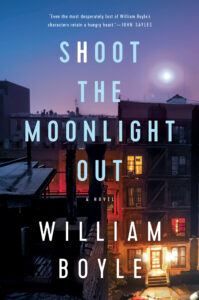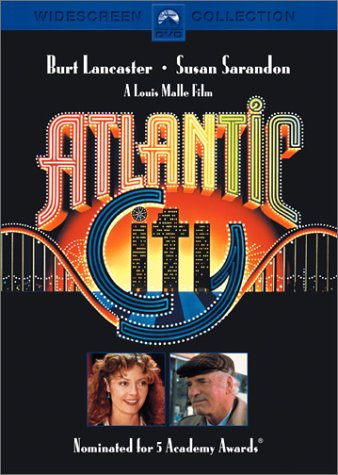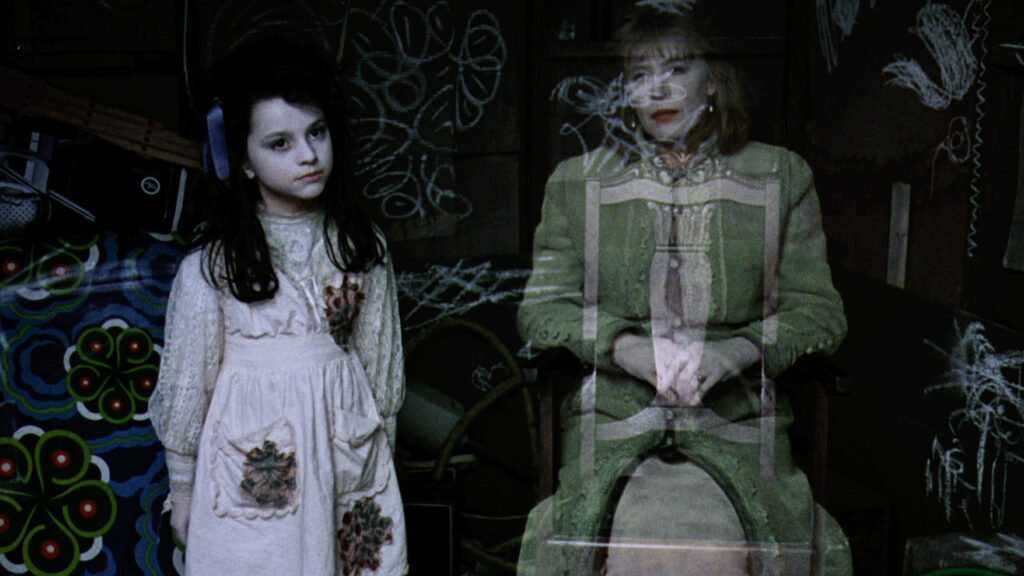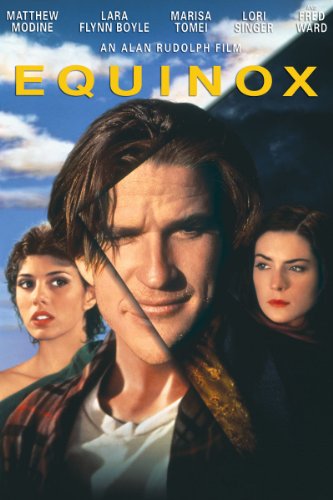William Boyle, A Hypothetical Triple Feature Inspired by Shoot the Moonlight Out
Aside from making playlists that go along with my books, one of the things I really love to do is to compile a list of movies that the books echo visually and tonally. With my latest, Shoot the Moonlight Out, the long list is comprised of movies that get mentioned and/or that the book drew direct inspiration from. Though I’m always inspired by literature, music, movies, photographs, and paintings, things felt a bit different with this novel, perhaps because one of my main characters, Francesca Clarke, is an aspiring filmmaker and is always seeing southern Brooklyn through that lens. What I’m going to do here is imagine a hypothetical triple feature inspired by Shoot the Moonlight Out. In my dreams, it’d be in one of those grand old theaters—gone from my neighborhood, from so many places—with the titles in big red letters on the marquee, and I’d get to introduce the movies and talk about why they matter to me. Instead, though, I’ll just list them, and you can imagine the rest.
ATLANTIC CITY
Louis Malle’s Atlantic City has long been one of my favorite movies. I saw it first as a kid, probably around age twelve or thirteen. It’s not strange, I suppose, that I was in love with Susan Sarandon. Nor is it strange that I was drawn to such a weighty late-era Burt Lancaster performance—I knew enough about film, even then, to feel his entire career hanging heavily over his turn here as a small-time gangster. More surprising by kid standards is the fact that I was enchanted by decaying casino towns or, specifically, by places that had once been grand but had fallen into neglect through disuse or misuse. I grew up one neighborhood over from Coney Island, not a casino town, but a similarly decaying and decrepit (especially in the ’80s and ’90s), formerly majestic place. And my grandfather took a bus twice a week to Atlantic City from Brooklyn to gamble, so I spent a lot of time wondering what it was like there. Later, I realized I was also very drawn in by an outsider’s view of America, and French filmmaker Malle had painted one of the truest portraits of America I’d ever seen. Beyond that, the script by playwright John Guare is so far up my alley, I’d say that—in ways both major and minor—this has informed everything I’ve ever written, especially Shoot the Moonlight Out. Desperate characters in desperate situations, looking for a way out or a way up, all painted against the backdrop of a place that used to be but isn’t anymore. I thought about Lancaster’s Lou quite a bit as I wrote Jack Cornacchia. Lancaster, it should be noted, has one of my favorite lines in any movie. Talking to the scuzzy ex of Sarandon’s Sally (who ran off with her kid sister), Lou reminisces about Atlantic City’s golden age: “The Atlantic Ocean was something then. Yes, you should’ve seen the Atlantic Ocean in those days.”
WHEN PIGS FLY
Sara Driver’s When Pigs Fly has the type of synopsis that makes it sound like you dreamed it up. Alfred Molina plays Marty, a down-and-out jazz musician who gives music lessons to people who don’t really want them. His occasional girlfriend, Sheila (Maggie O’Neill), works at the Rose of Erin pub, which is owned by Frank (Seymour Cassel). When Frank asks Sheila to do something in the shed behind the bar, she’s reluctant. Still, she does what’s demanded of her and finds an old rocking chair in storage there, which she decides to take home and give to Marty. Turns out the chair is haunted by two ghosts, a woman named Lilly (Marianne Faithfull) and a girl named Ruthie (Rachel Bella). At first, the ghosts have their fun with Marty, but things take a turn when Marty discovers who Lilly was married to and what happened to her. A dark urban fairytale. Grungy, strange, and beautiful. Shot by Robby Müller and featuring music by Joe Strummer. I watched this for the first time as I was working on Shoot the Moonlight Out and it cast a glow over the process.
EQUINOX
There are very few filmmakers whose wavelength I’m in tune with as much as Alan Rudolph. I first saw Equinox many years ago—probably not long after it was released—before I was a fully-fledged Rudolph devotee. I remember liking it, but my most recent viewing—in the throes of revisiting his entire filmography—hit much harder. Falls somewhere on the spectrum between Hal Hartley’s Amateurand David Lynch’s Lost Highway but jazzed up with Rudolph’s inimitable style. Dostoevsky’s The Double and Twain’s The Prince and the Pauper run through a film noir fairytale filter. “Here is a movie that takes place within our memories of the movies,” Roger Ebert wrote of Rudolph’s Trouble in Mind. The same applies here and to all his most personal movies. Part woozy jazz solo, part kingdom of shadows and mirrors and dreams. Vibey. Indescribable. You either latch on with Rudolph or you don’t. You think he’s trying too hard, or you fall into his rhythms. I’m a sucker for his world and his imagination. The future and the past crashing together in a haze-edged melancholy screwball melodrama. I also have a lot of the same preoccupations: doubles and doubling; crossings; coincidences; wanderers and fugitives and people scared by life into action, trying desperately to connect; displacement; urban dreamscapes. Modine is terrific in dual roles as a gangster and a timid mechanic. Great and offbeat supporting turns by Lara Flynn Boyle, Marisa Tomei, the deeply underrated Tyra Ferrell, Fred Ward, M. Emmet Walsh, Kevin J. O’Connor, and Lori Singer. Rudolph’s shadowland of the psyche had a big influence on the world I was creating in Shoot the Moonlight Out.




